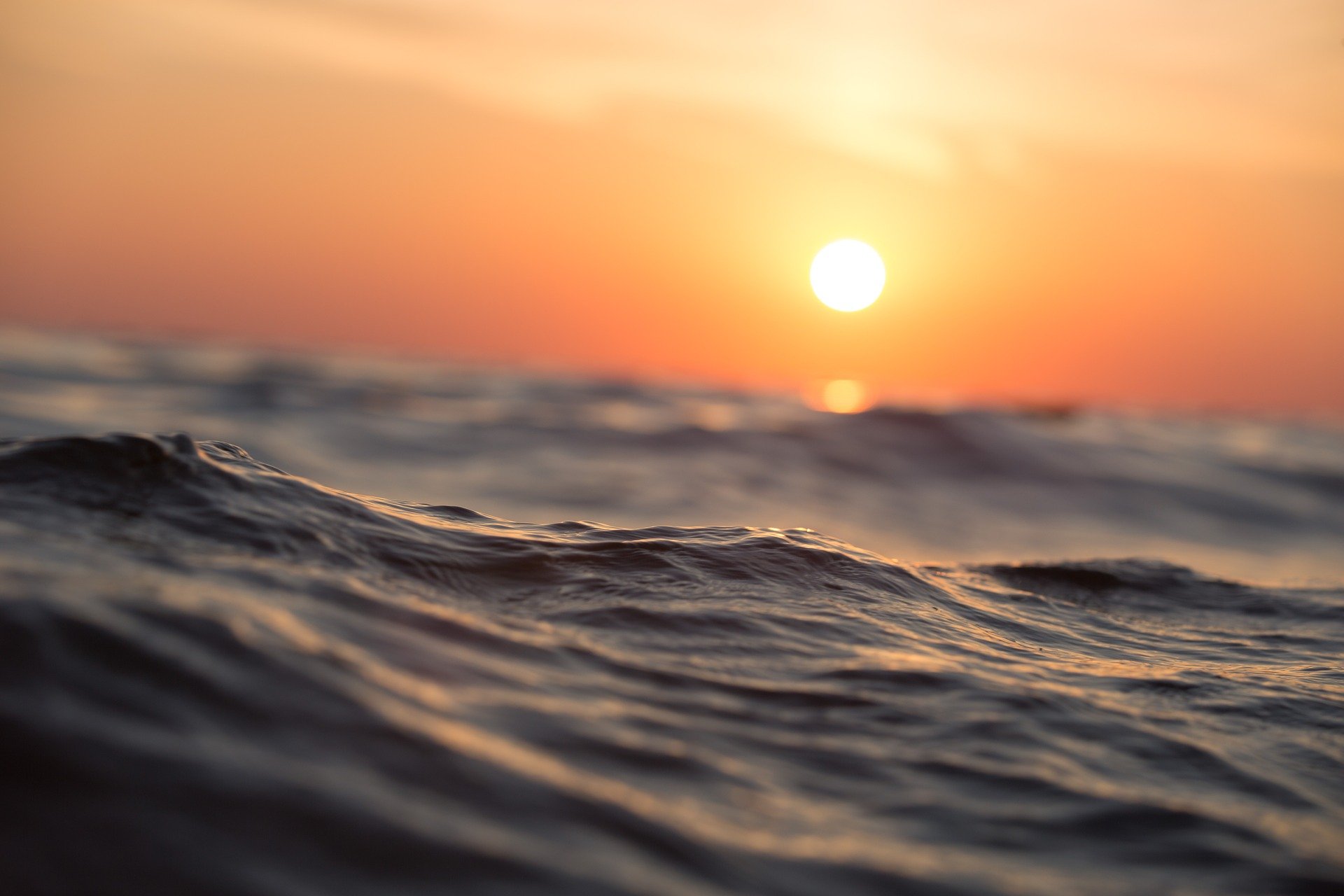Media release
From:
Climate change: Up to 95% of ocean surface climates may disappear by 2100
Between 35.6% and 95% of 20th century ocean surface climates — defined by surface water temperature, pH and the concentration of the mineral aragonite — may disappear by 2100, depending on how greenhouse gas emissions develop in the first half of the 21st century, according to a study published in Scientific Reports. The findings also suggest that between 10.3% and 82% of the global ocean may experience surface climates that have not existed before.
Katie Lotterhos and colleagues modelled ocean climates globally for three time periods: the early 19th century (1795–1834), the late 20th century (1965–2004) and the late 21st century (2065–2104). The authors compared these modelled climates across various locations using two emission scenarios, RCP 4.5 and RCP 8.5. Under these scenarios the volume of greenhouse gases emitted during the 21st century either peaks in 2050 followed by a slowed increase, or peaks in 2100 followed by a slowed increase, respectively.
Through their comparisons, the authors were able to show which ocean climates from the 19th and 20th centuries may no longer be found in the 21st century (disappearance), and climates that may emerge in the 21st century which did not exist in the 18th and 20th centuries (novel climates). The authors showed that while ocean climates did not change significantly between the 19th and 20th centuries, by 2100, 10% to 82% of the ocean surface may experience new climates with higher temperatures, more acidic pH, and lower saturation of aragonite. Aragonite is a mineral which corals and other marine organisms use to form shells. Under the RCP 4.5 scenario, 35.6% of surface ocean climates may disappear by 2100, which rises to up to 95% under the RCP 8.5 scenario.
The authors conclude that while some marine species currently keep pace with changing ocean climates by dispersing to new habitats, this may no longer be possible if existing ocean climates disappear, forcing species to either adapt rapidly to new climates or disappear.



 International
International


